Home> Technical Articles> Historical car clutch release bearing reference
- Address1589 Tampines Industrial Distributor Avenue 5 Singapore 528759
- Factory Address1589 Tampines Industrial Distributor Avenue 5 Singapore 528759
- Worktime9.00--18.00
- Phone(Working Time)0065-31591338
- Phone(Nonworking Time)0065-31591338
- Fax0065-31591338
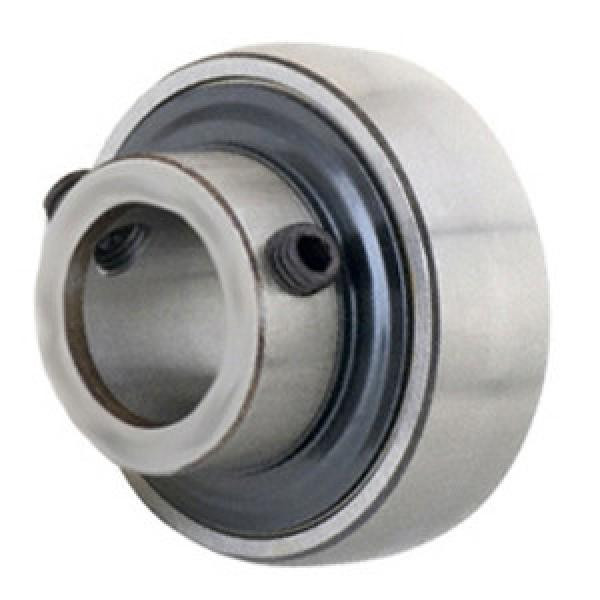
The clutch release system refers to a mechanical device that cuts off power transmission between the engine and the drive line of the vehicle. In the past, it was accustomed to use mechanical coupling or hydraulic device to apply pressure to the clutch release bearing through the clutch release lever. The clutch release bearing then pushes or pulls the clutch diaphragm spring to separate the engine from the power transmission line, thereby realizing the start and stop of the vehicle. Driving and shifting purposes. This paper mainly introduces the technical development of clutch bearings.
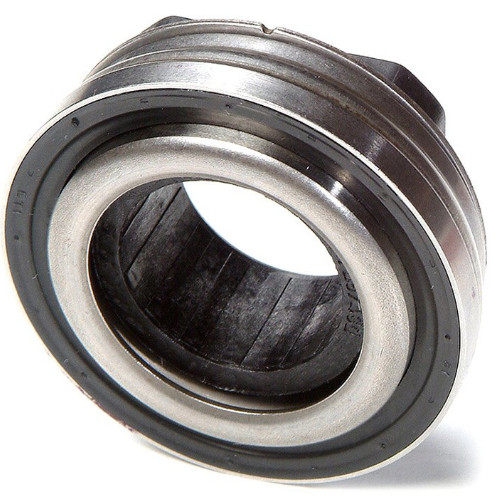
1 Development history The earliest clutch release bearings are only mounted on cast iron or forged steel trunnions with bronze or graphite cylinders. In the early 20th century, high wear resistance was obtained with this structure. Quickly replaced old products. In the early 1930s, friction-resistant ball bearings began to replace graphite and bronze cylinders. This type of bearing structure is not a fixed connection, but in order to be able to adapt to the wear requirements and promote the engagement of the bearing and the clutch release lever, it has become inevitable to use a friction material gasket on the contact surface of the bearing.
In the middle and late 1930s, there were some obvious changes in the appearance of clutch bearings. The use of integral bearing guidance on the transmission input shaft or the assembly of the necessary guide tubes for longer bearings results in a more stable system. During the 1940s and 1950s, the main improvement in the manufacture of clutch separation systems was to reduce size and increase reliability. At this stage, there has been a big leap in grease quality and sealing materials. The development of synthetic thickeners significantly increases the life of the grease relative to thick saponified greases. In addition, new synthetic rubber applications such as polyacrylates, silicones and fluoroelastomers enhance temperature characteristics and chemical resistance of seals. All of these factors have led to a significant increase in bearing life expectancy. At the same time, plastics are used for the first time to slide the friction surface, which also reduces the cost of the old design. Heavy cast iron forks are mounted on the shaft using splines or other mechanical means and are dominant in all clutch release bearing systems. In some cases, these forks are fitted with hardened steel plates for longer lasting results.
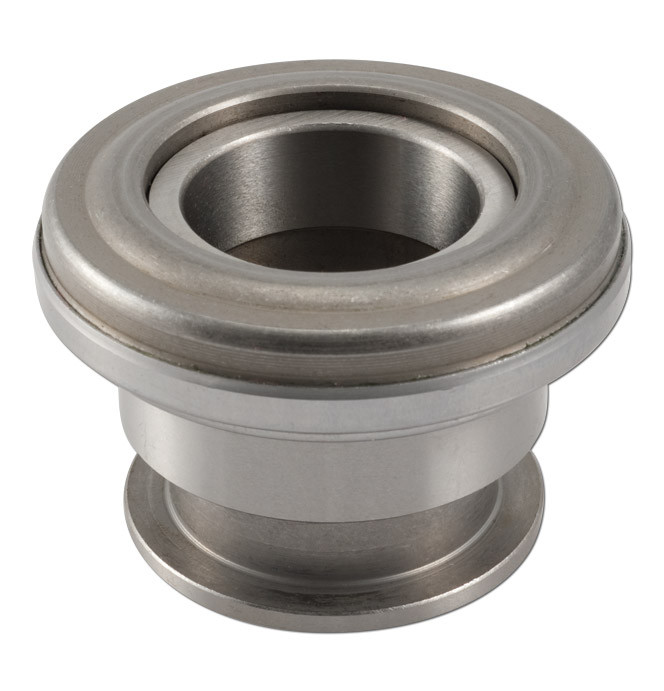
In the 1960s, the main development goal of the clutch separation system was to reduce weight and cost. In 1967, self-aligning and separating bearings were patented. Self-aligning performance ensures that the bearing solves mounting errors caused by clutch manufacturing tolerances, matching component tolerances, etc., and this performance allows the clutch release bearing to find its own center of rotation through the diaphragm spring that engages it, and Some radial eccentricity is offset between the engine and the shifting axis. Without this characteristic, the diaphragm spring and the clutch release bearing may cause severe slippage due to the eccentricity, which may cause problems such as excessive heat generation, wear and noise. Self-aligning clutch release bearings have been shown to have a 25% lower operating temperature and a 4x increase in service life compared to non-self-aligning clutch release bearings. In the late 1960s and early 1970s, the emergence of plastic housings further reduced the weight of the bearings and further reduced costs. In addition, the use of deep drawing and quenching ferrules further reduces the weight of the clutch release bearing and improves its
Rely on sex.
Recently, the concept of system integration has been introduced into the design process. Previously, the clutch release lever and fork were configured to accommodate the effective use of the clutch release bearing, while system integration encouraged the responsibility of transcending individual components to a certain extent, focusing more on the design of system functions. The effectiveness of this system integration has left a deep impression on people. The forks and bearings are designed as a unitary unit that replaces a combination that is both very cumbersome and expensive. Since iron or aluminum guide tubes have high price and poor wear resistance, recent research has been devoted to reducing the weight of the guide tubes and reducing the cost of the guide tubes until the use of hardened steel materials is remarkable. The ground has enhanced wear resistance. In the case of a transaxle system, the hardened steel guide tube can be combined with the front bearing of the transmission to achieve the integration of deep drawn cup cylindrical roller bearings and gaskets.
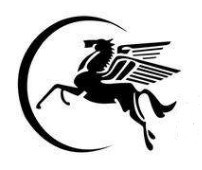

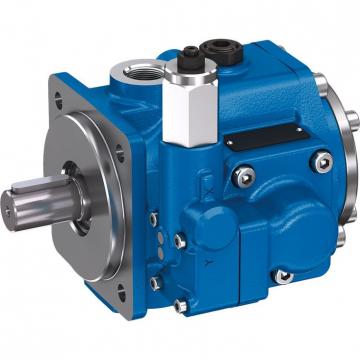 Best-selling Rexroth Vane Pumps
Best-selling Rexroth Vane Pumps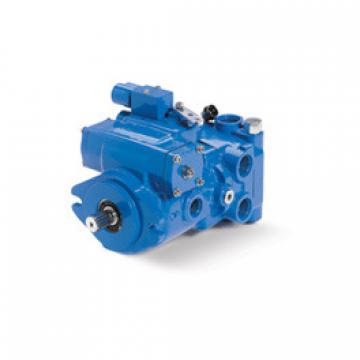 Best-selling Eaton-Vickers Piston Pumps
Best-selling Eaton-Vickers Piston Pumps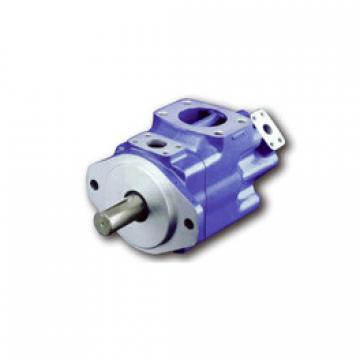 Best-selling Eaton-Vickers Vane Pumps
Best-selling Eaton-Vickers Vane Pumps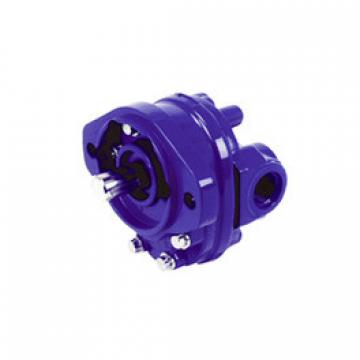 Best-selling Eaton-Vickers Aluminum Gear Pumps
Best-selling Eaton-Vickers Aluminum Gear Pumps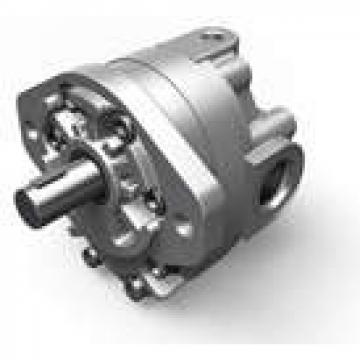 Best- selling Parker’s GEAR PUMPS
Best- selling Parker’s GEAR PUMPS